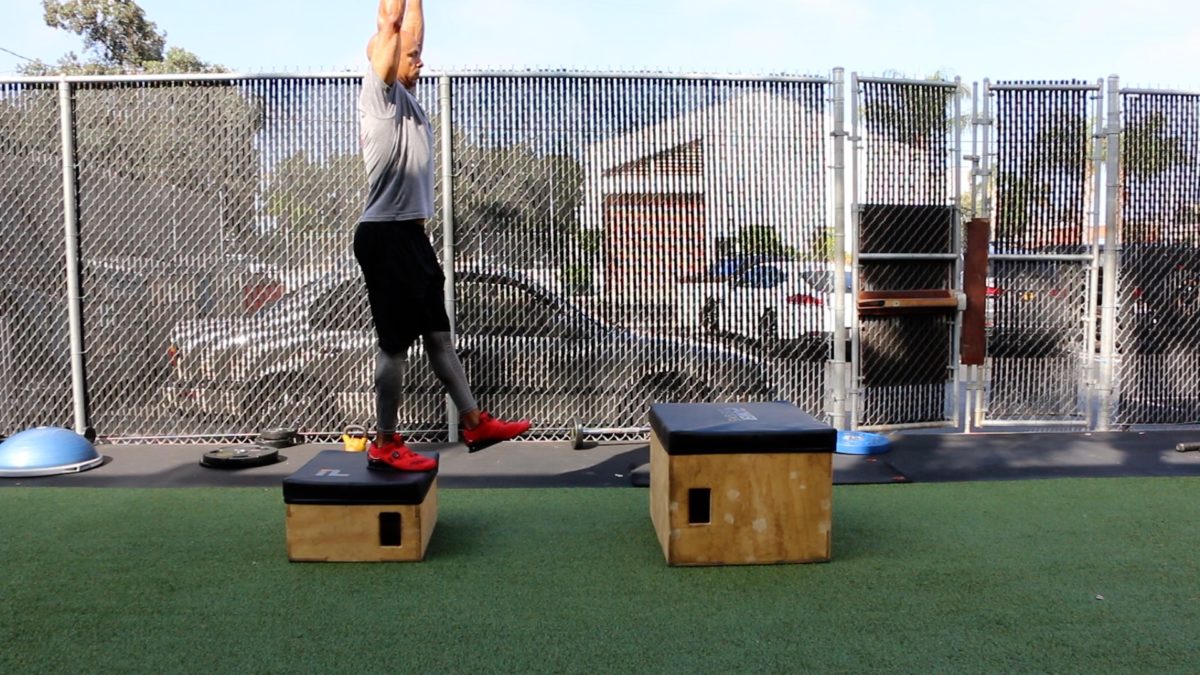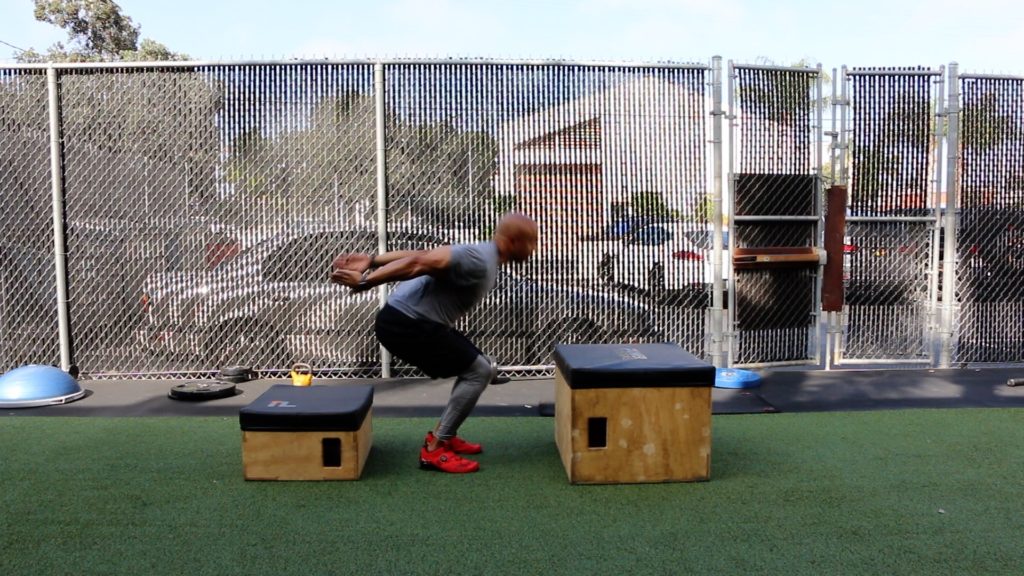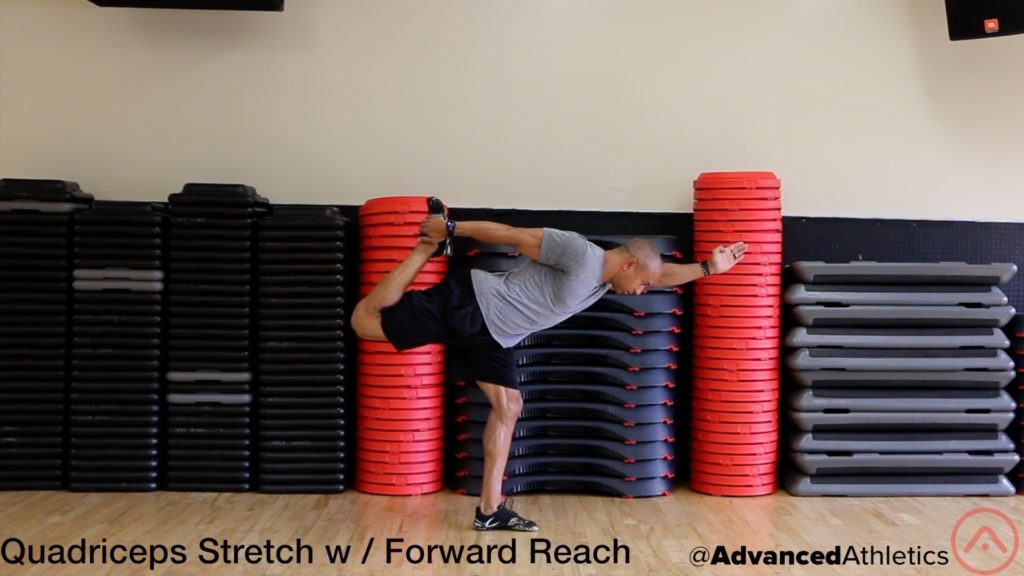To be an athlete for life … you must play, play often, and play smart.
Use or lose it. It’s that simple.
I see too many athletes get sidetracked for months with “other” priorities. And before they know it, their body has become deconditioned.
Then, when they try to pick up where they left off, they encounter a rude awakening.
Their performance has dwindled. And they end up stiff, achy, and oftentimes injured.
If this sounds familiar, don’t let it discourage you.
Instead, let it be a reminder to make time in your program (1-2x/week) to challenge your athleticism. So you’ll always be ready for action.
Here are 5 simple strategies to get back your athleticism and keep it going.
1. Acceleration and Deceleration
Most sports demand quick bursts of speed followed by a controlled stop-and-go.
To improve these movements, find a field, a track, or a court. Set up three cones 10 yards apart in a straight line.
Practice your acceleration starts by sprinting from the first cone to the second cone. Do this while trying to cover as much ground, with the fewest amount of steps, in the shortest amount of time.
As you pass the 10-yard mark, decelerate to a controlled stop before the third cone.
A good starting routine is to do 10 sets with 75 seconds of rest in between. You want to perform each set with your greatest and safest effort. So make sure to warm-up well beforehand.
2. Jump Rope
A lot of people shy away from the jump rope. But it’s like shying away from one of the most effective exercises to help you get back that spring in your step. It’s also excellent for conditioning.
Don’t worry, this is a self-limiting exercise. That means that the rope makes it so that you can only go as hard as your body will allow. And that keeps you safe.
Remember to stay light and quiet with your feet. It’s also important to maintain relaxed breathing through your nose, for as long as you can. When you are no longer able to meet those standards, stop and rest. Then get back to it when you feel recovered.
As you get more proficient on two feet, you can try to alternate your feet in a skipping fashion. This ups your athleticism.
Try skipping rope as a warm-up when your body is fresh. 30 seconds on 30 seconds off to start for 5-10 minutes. From there, progress with an increase in the amount of time you are skipping and a decrease your rest time between skipping sets.
As you get more proficient, you can use the jump rope as an active recovery between your sets of lifting. You can also use it as a metabolic burner at the very end of your workout.
3. Depth Drops
This exercise is when you step off a plyo box and land on the ground with both feet at the same time. Your body should end up in the same position that it would be in if you were about to jump up in the air. The landing should be soft and quiet.
This is important because a lot of sports injuries occur during deceleration.
To start, practice depth drops to build your competency with quality form and body control.
Beginners should use a low box (around 6”) and more advanced athletes can use a variety of heights (18-24”).
Practice depth drops in 3 planes of movement. Land to the front, to both sides, and rotating your body 90 degrees. This will give you the most athletic range of control.
Once you have two legs mastered, you can practice with using a single leg in the same ways.
4. Hill Sprints
These will fire up your fast-twitch muscle fibers that have been been in hiding.
This is another self-limiting exercise, like the jump rope. So your body will be able to perform with maximum output without having to slow yourself down. Because the incline of the hill does that for you, it’s safe and very effective.
Find a hill that’s not too steep to start out on. Sprint 10 sets of 10-20 yards with 60 seconds rest in between sets.
5. PLAY
This one is obvious, but it’s not going to happen on its own. Take the reins to organize a weekly meeting with your friends and family to play a sport that you love.
Tennis, basketball, football, hockey, racquetball, frisbee, and soccer are great examples. Because they are dynamic, you can sprint, stop-and-start, hit, cut, twist-n-turn, throw, hop, and jump as needed to stay athletic.
Once you incorporate these key exercises into your weekly schedule, don’t ever stop.
In case you missed it, I’m launching the first in a series of self-care programs in two weeks. All athletes should be performing routine maintenance on their own body. That includes the mobility and strength that reinforces a solid foundation to prevent injury.
To learn more, shoot me an email to get notified when it’s ready to go: info@advancedathletics.com.
And in the meantime, play on!
Your coach,
Adam



